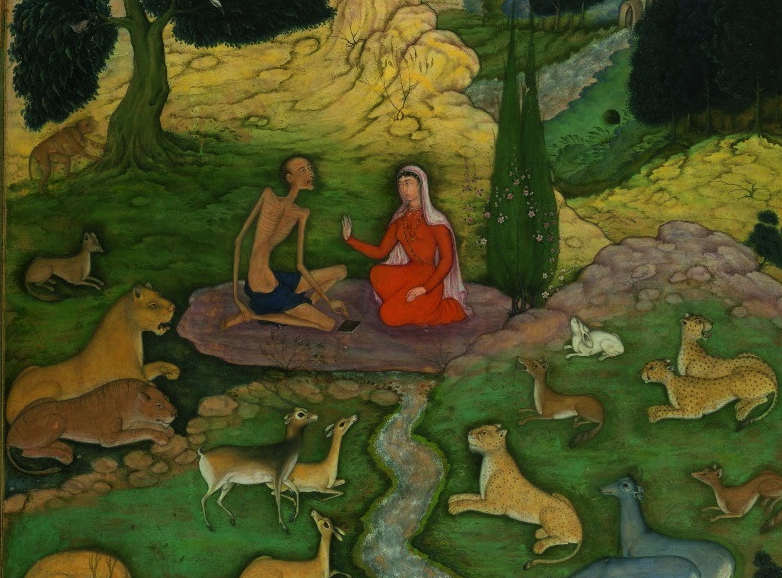
The Valley of Knowledge

The Seven Valleys is Bahá’u’lláh’s presentation of an ancient literary metaphor for the journey of the soul. He wrote the Seven Valleys around 1860 after he had returned from two years of withdrawal from the world in the mountains of Kurdistan. The Seven Valleys are (in sequence): the Valley of Search, the Valley of Love, the Valley of Knowledge, the Valley of Unity, the Valley of Contentment, the Valley of Wonderment and the Valley of True Poverty and Absolute Nothingness.
As a whole the Seven Valleys is a work which challenges comprehension. Of course it is not meant to be – nor can it be – read as a rule book. Nor is its meaning on the surface of the words. Nonetheless, Bahá’u’lláh describes the Valley of Knowledge as the “last plane of limitation”. In some sense it is closer to our ordinary day to day experiences than the valleys which follow. In this valley, Bahá’u’lláh quotes a verse of Persian poetry. Our experience suggests something quite concrete.
Split the atom’s heart, and lo!
Within it thou wilt find a sun.[1]
Bahá’u’lláh perhaps here alludes to what we now know about nuclear physics. The whole of this Valley however is saying to us “things are not what they seem”. The obvious is too convenient.
He beholdeth justice in injustice, and in justice, grace. In ignorance he findeth many a knowledge hidden, and in knowledge a myriad wisdoms manifest.[2]
In this valley, Bahá’u’lláh tells here the story of an unnamed lover “separated from his beloved”. Although the lover here is unnamed, we have seen the ancient story of Majnun and Layli is used elsewhere by Bahá’u’lláh – and that is who the lovers are. Traditionally these two have been the metaphor of the soul’s search for the divine. Let us follow along with the story.
There was once a lover who had sighed for long years in separation from his beloved, and wasted in the fire of remoteness. From the rule of love, his heart was empty of patience, and his body weary of his spirit; he reckoned life without her as a mockery, and time consumed him away. How many a day he found no rest in longing for her; how many a night the pain of her kept him from sleep; his body was worn to a sigh, his heart’s wound had turned him to a cry of sorrow. He had given a thousand lives for one taste of the cup of her presence, but it availed him not. The doctors knew no cure for him, and companions avoided his company; yea, physicians have no medicine for one sick of love, unless the favor of the beloved one deliver him.
At last, the tree of his longing yielded the fruit of despair, and the fire of his hope fell to ashes. Then one night he could live no more, and he went out of his house and made for the marketplace. On a sudden, a watchman followed after him. He broke into a run, with the watchman following; then other watchmen came together, and barred every passage to the weary one. And the wretched one cried from his heart, and ran here and there, and moaned to himself: “Surely this watchman is ‘Izrá’íl, my angel of death, following so fast upon me; or he is a tyrant of men, seeking to harm me.” His feet carried him on, the one bleeding with the arrow of love, and his heart lamented. Then he came to a garden wall, and with untold pain he scaled it, for it proved very high; and forgetting his life, he threw himself down to the garden.
And there he beheld his beloved with a lamp in her hand, searching for a ring she had lost. When the heart-surrendered lover looked on his ravishing love, he drew a great breath and raised up his hands in prayer, crying: “O God! Give Thou glory to the watchman, and riches and long life. For the watchman was Gabriel, guiding this poor one; or he was Isráfíl, bringing life to this wretched one!”
Indeed, his words were true, for he had found many a secret justice in this seeming tyranny of the watchman, and seen how many a mercy lay hid behind the veil. Out of wrath, the guard had led him who was athirst in love’s desert to the sea of his loved one, and lit up the dark night of absence with the light of reunion. He had driven one who was afar, into the garden of nearness, had guided an ailing soul to the heart’s physician.
Now if the lover could have looked ahead, he would have blessed the watchman at the start, and prayed on his behalf, and he would have seen that tyranny as justice; but since the end was veiled to him, he moaned and made his plaint in the beginning. Yet those who journey in the garden land of knowledge, because they see the end in the beginning, see peace in war and friendliness in anger.
Such is the state of the wayfarers in this Valley
The story of Layla and Majnun is ancient and retold numerous times. The version used here by Bahá’u’lláh draws on the poet Rumi’s telling of the tale. Bahá’u’lláh adds an interpretive conclusion. The story offers a paradoxical understanding of knowledge, or at least how it is gained. Our conscious search for knowledge remains fruitless. Against our will – through crisis – comes knowledge. It calls to mind the ancient words of Aeschylus that Robert Kennedy quoted.
Even in our sleep, pain which cannot forget falls drop by drop upon the heart, until, in our own despair, against our will, comes wisdom through the awful grace of God.
Aeschylus refers to the “awful grace of God”. Bahá’u’lláh refers to “mercy hid behind the veil”. The “guard” drives “the one who was afar, into the garden of nearness,” and guides the “ailing soul to the heart’s physician”.
Sources: Jack McLean, The Mystic’s Flight – the Parable of Majnun and Layli
Image Credits: An extract from: Layla visits Majnun in the wilderness. From the “Khamsah”, Five Poems (Quintet) of Amir Khusro.
By Amir Khusro Dihlavi (d. 1325 CE). Calligrapher: Muḥammad Ḥusayn Zarrīn Qalam al-Kashmiri; illustrations are signed by eleven painters: Laʿl (Lāl), Manūhar, Sānwalah, Farrukh, Alīqulī, Dharamdās, Narsing, Jagannāth, Miskīnā, Mukund, and Sūrdās Gujarati. – http://www.flickr.com/photos/medmss/4535914626/in/set-72157623891285410/, Public Domain, https://commons.wikimedia.org/w/index.php?curid=18418275
(This article is the 112th in a series of what I hope will be 200 articles in 200 days for the 200th anniversary of the birth of Bahá’u’lláh. The anniversary is being celebrated around the world on 21 and 22 October 2017, The articles are simply my personal reflections on Bahá’u’lláh’s life and work. Any errors or inadequacies in these articles are solely my responsibility.)

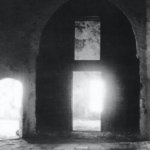
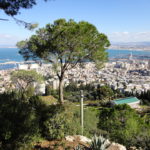

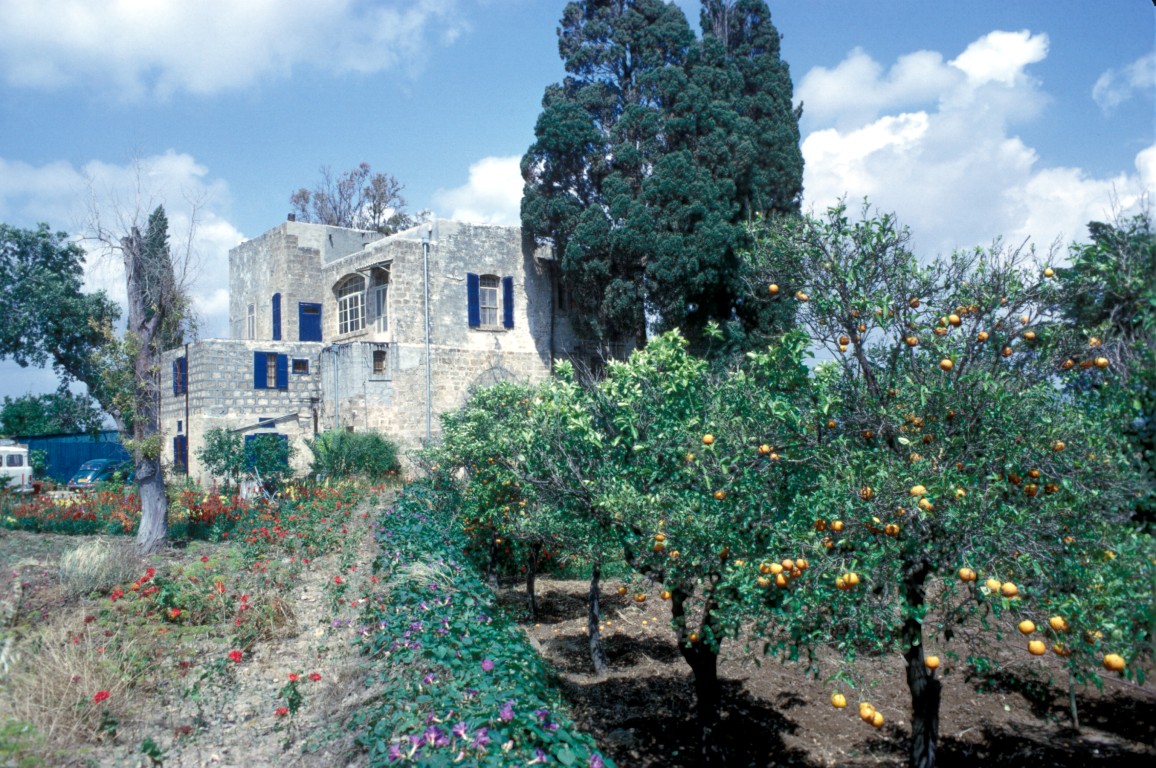
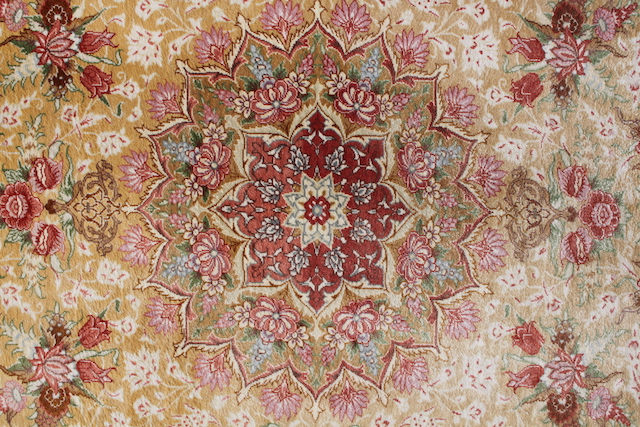
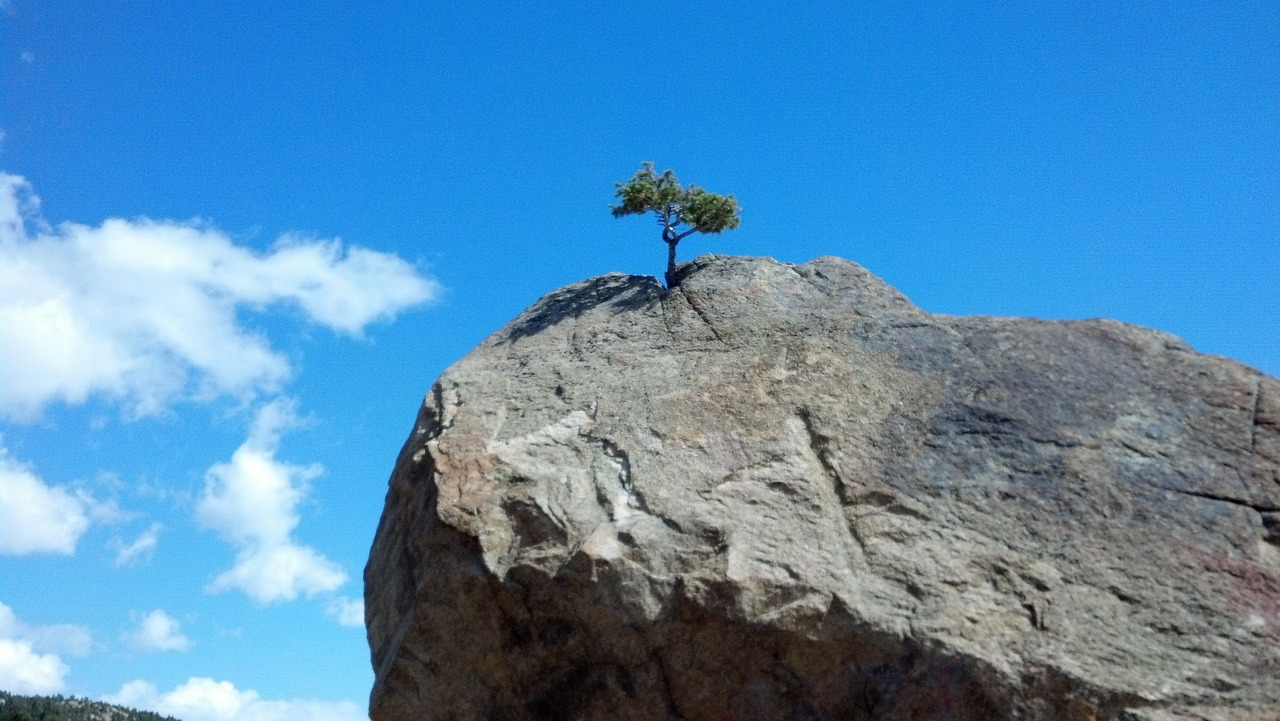
2 Comments
Michael Curtotti
Thank you Anne
Anne
Thank you for these reflections. Deeply moved.